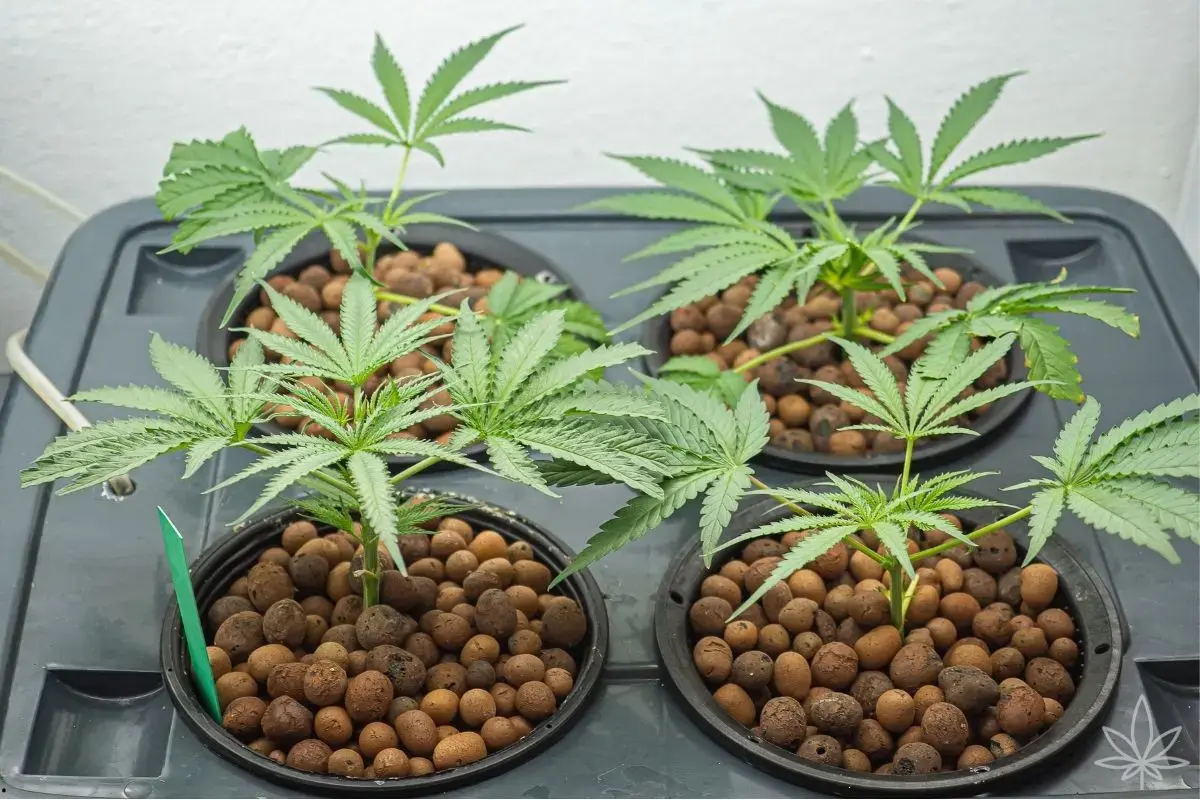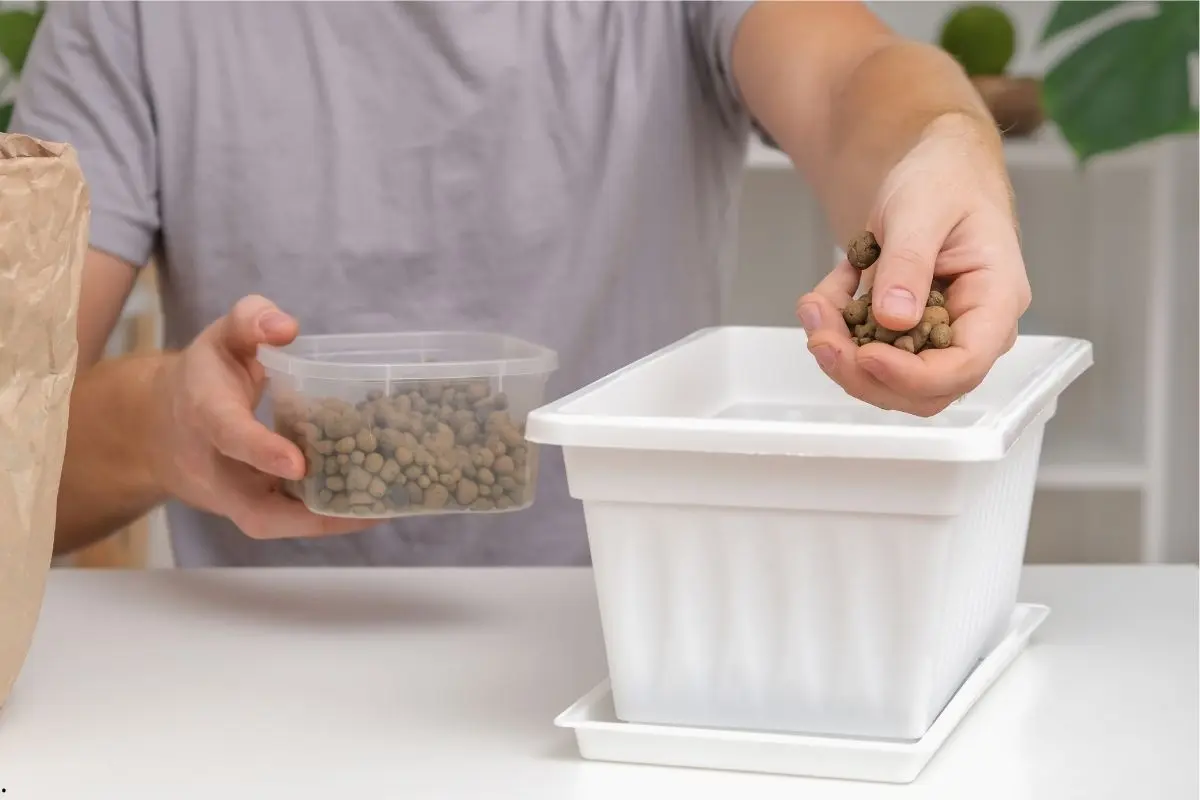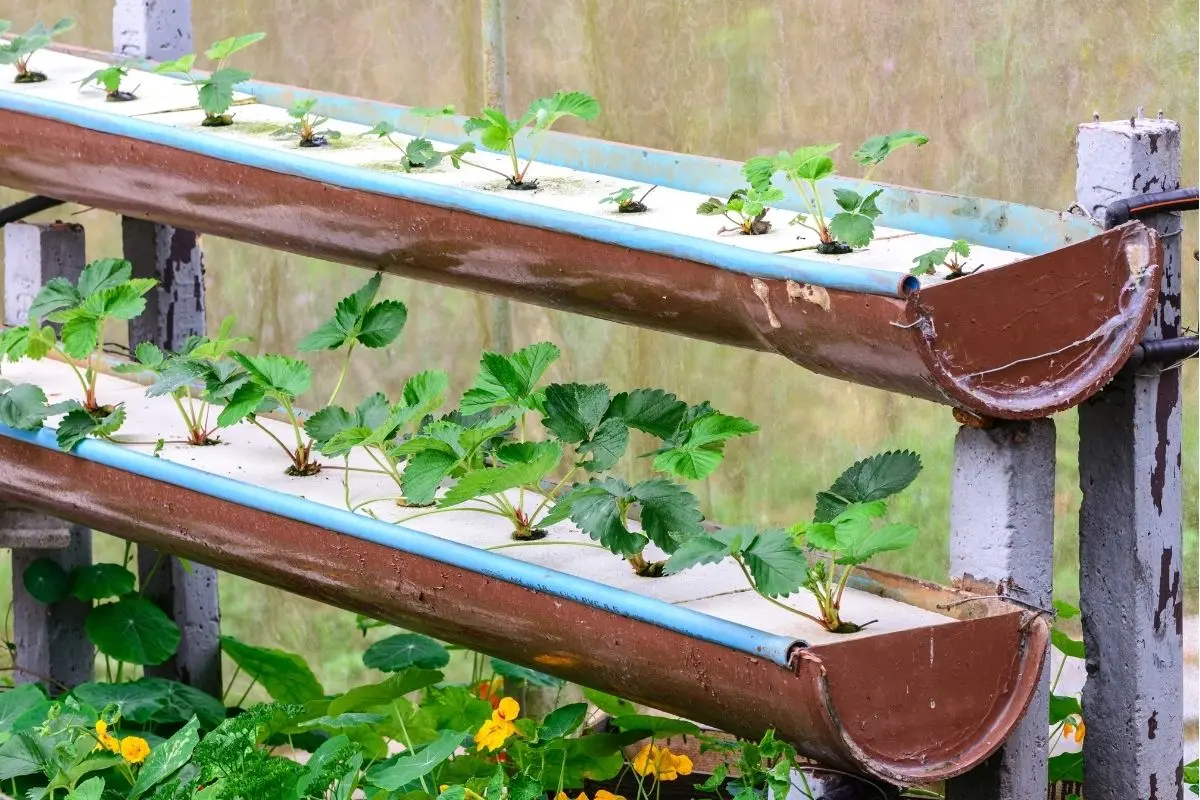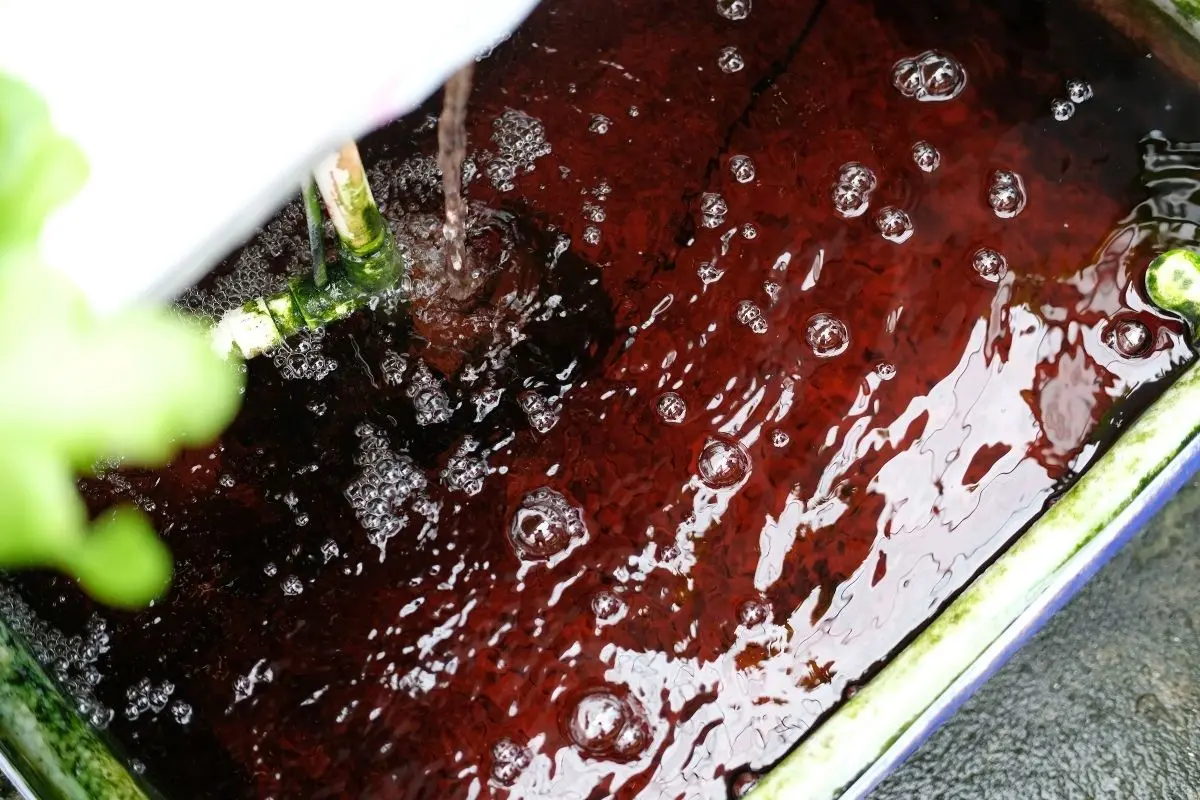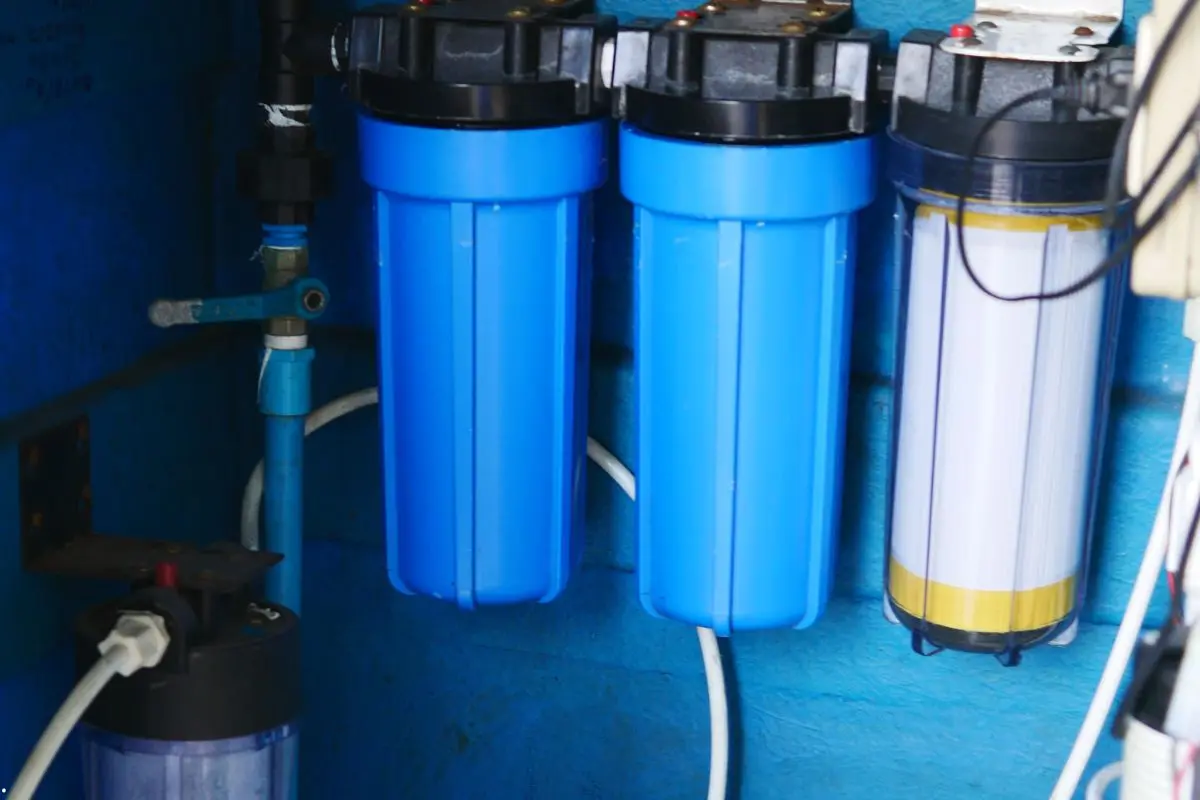In hydroponics, roots don’t have soil as a natural buffer. Instead, water and nutrient solution play a double role: delivering minerals and oxygen. This means that water circulation is the backbone of a stable and productive hydroponic system. If circulation is poor, growers may face nutrient deficiencies, root diseases, or algae outbreaks. While it might seem like a purely technical detail, in practice it determines the success or failure of the entire crop.
Why Is Circulation So Important?
- Even distribution of nutrients – without steady flow, some plants receive excess while others face deficiencies.
- Oxygen supply to roots – moving water absorbs and distributes oxygen more effectively, preventing root rot (Pythium).
- Prevention of dead zones – stagnant areas encourage pathogens, biofilm, and decay.
- Stable pH and EC – mixing ensures the solution has uniform chemical properties throughout the reservoir.
- Cooling effect – circulating water warms more slowly and dissipates heat evenly.
Circulation in Different Hydroponic Systems
- NFT (Nutrient Film Technique) – a thin film of solution constantly flows through channels; uniform speed and blockage-free lines are crucial.
- DWC (Deep Water Culture) – the solution is static, so strong aeration is vital; adding a water pump improves safety.
- Ebb & Flow (Flood-and-Drain) – water periodically floods and drains containers; proper frequency and strong flow are essential.
- Aeroponics – although roots are sprayed with mist, nutrient tanks still require circulation and aeration.
How to Optimize Water Circulation
- Choose the right pump – too weak and the flow will be uneven; too strong and it may cause foaming.
- Avoid sharp bends in tubing – each bend reduces pressure and increases sediment buildup.
- Keep the system running continuously – in most hydro setups, pumps should work 24/7 to avoid stagnation.
- Clean regularly – biofilm and salt buildup block pipes and disrupt flow.
- Add aeration – combine water pumps with powerful air pumps for extra oxygen.
- Monitor temperature – circulation helps, but if water exceeds 22–24°C, use a chiller.
Practical Guide – Tips by System
| System | Type of Circulation | Common Issues | Optimization Tips |
|---|---|---|---|
| NFT | Constant thin film flow | Blockages, uneven flow | Clean channels often, use a stable pump |
| DWC | Static, aerated solution | Oxygen deficiency, algae | Strong air pump, optional water pump |
| Ebb & Flow | Periodic flood & drain | Infrequent cycles, salt clog | Correct timer settings, frequent cleaning |
| Aeroponics | Mist + tank circulation | Pump failure, root drying | Backup pump, emergency power supply |
Conclusion
Water circulation in hydroponics is not just a technical aspect – it’s the lifeline of the system. It determines whether roots thrive in a balanced, oxygen-rich environment or struggle with disease and deficiencies.
In practice, this means choosing reliable pumps, designing smooth tubing paths, avoiding stagnation, and keeping everything clean. When circulation is maintained properly, plants grow faster, healthier, and yield far better results. Neglect it, and the system quickly becomes unstable.
Circulation, in short, is the heartbeat of hydroponics.

